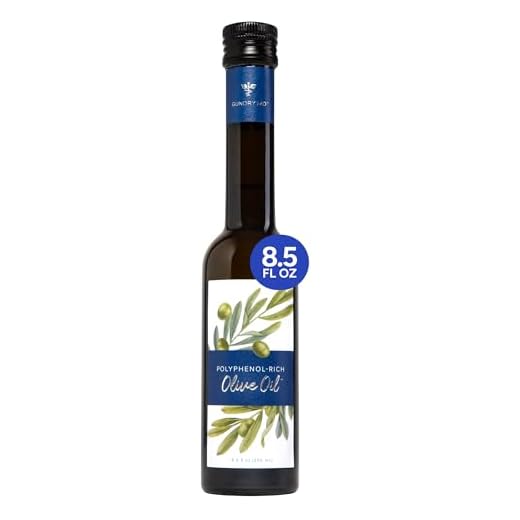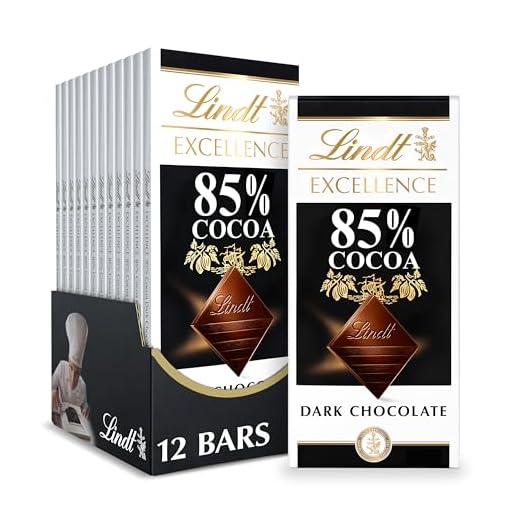



It’s important to recognize that consuming certain fermented beverages can influence the coloration of your waste. When indulging in deep-hued varieties, you may notice a noticeable change in the appearance of your bowel movements. This phenomenon is primarily due to the presence of pigments and tannins that are inherent in these drinks.
Research indicates that these beverages contain compounds known as polyphenols, which can alter the digestive process and lead to darker excretions. The degree of this effect can vary based on individual metabolism and the quantity consumed. For those who enjoy indulging, moderation is key; excessive intake may amplify these visual changes.
Maintaining a balanced diet alongside these beverages can help mitigate any unwanted effects. Incorporating plenty of fiber-rich foods can support digestive health and normalize any alterations in color. If you notice persistent changes or have concerns, consulting a healthcare professional is advisable for personalized guidance.
Impact of Wine on Digestion
Consumption of certain fermented beverages can lead to noticeable changes in gastrointestinal output. This phenomenon is often attributed to the pigments and tannins present in these beverages, which can influence the coloration of excrement. The dark hues are primarily due to the presence of anthocyanins, natural compounds found in the skins of grapes used for fermentation.
Factors Influencing Color Change
Individual reactions to these beverages can differ significantly. Factors such as overall diet, hydration levels, and digestive health play a critical role. For instance, a fiber-rich diet may mitigate the effects on color, while dehydration could intensify it. Additionally, the quantity consumed can also affect the intensity of discoloration.
Monitoring Digestive Health
If you notice persistent changes in coloration, it may be wise to consult a healthcare professional. While occasional alterations are typically harmless, consistent or severe changes could indicate underlying health issues. Keeping a food diary can assist in tracking any correlations between consumption and digestive changes.
Understanding the Components of Red Wine
When exploring the characteristics of this beverage, focus on key elements that contribute to its profile. The primary components include:
- Polyphenols: These compounds, derived from grape skins, seeds, and stems, play a significant role in flavor, color, and mouthfeel. Tannins, a subset of polyphenols, provide astringency and complexity.
- Acids: Essential for balance, acidity influences the freshness and longevity. Common acids include tartaric, malic, and lactic, each contributing distinct sensations.
- Sugars: Natural sugars from grapes influence sweetness levels. The fermentation process converts these sugars into alcohol, but residual sugar can remain, impacting taste.
- Alcohol: The fermentation process produces ethanol, contributing not only to the overall experience but also affecting mouthfeel and body.
- Aromas: A complex array of volatile compounds creates the aromatic profile. These can range from fruity to earthy, shaped by grape variety, terroir, and winemaking techniques.
Understanding these components helps in appreciating how they interact to create diverse flavor experiences. For optimal enjoyment, consider the balance between these elements, as it can enhance food pairings and tasting experiences.
Each varietal brings unique characteristics, influenced by factors such as climate, soil, and winemaking practices. Familiarizing yourself with these nuances will enhance your ability to select and enjoy appropriate pairings.
How Tannins and Polyphenols Affect Digestion
Tannins and polyphenols play a significant role in how our bodies process various foods and beverages. Their astringent properties can influence gut health and digestive efficiency. For instance, tannins can bind to proteins and precipitate them, which may slow down digestion in some cases. This interaction can lead to a feeling of fullness, altering how quickly we experience hunger.
Polyphenols, on the other hand, are known for their antioxidant properties and can promote beneficial gut bacteria. They may enhance the digestive process by improving the microbiome balance, potentially leading to better nutrient absorption. However, excessive consumption of polyphenol-rich products can sometimes lead to gastrointestinal discomfort, as the body adjusts to their high levels.
When enjoying a beverage high in these compounds, moderation is key. Balancing such drinks with fiber-rich foods can support digestion and mitigate any adverse effects. Observing individual reactions to these compounds can help tailor dietary choices for optimal digestive health.
The Role of Iron in Color Change of Waste
Iron presence in the diet can significantly influence the coloration of waste. When consumed in high quantities, it can lead to a noticeable darkening effect. This mineral is abundant in various foods, including meats, beans, and fortified cereals, and its absorption in the intestines can alter the overall hue of excrement.
Mechanism of Iron Absorption
Upon ingestion, iron is absorbed primarily in the small intestine. The amount absorbed depends on several factors, including the form of iron (heme vs. non-heme) and the presence of other nutrients that can either enhance or inhibit absorption. For instance, vitamin C enhances the absorption of non-heme iron, while calcium and certain polyphenols may reduce it. Thus, dietary choices play a crucial role in how much iron enters the bloodstream and subsequently impacts waste color.
Implications of Iron Supplementation
For those taking iron supplements, it is common to observe a change in color. This is due to the increased level of unabsorbed iron that can pass through the digestive system. If you notice significant changes, especially if accompanied by discomfort, it’s advisable to consult a healthcare professional. Monitoring iron intake, whether through diet or supplements, is beneficial for maintaining a balanced system and avoiding adverse effects.
Impact of Alcohol on Gastrointestinal Function
Moderate consumption of alcoholic beverages can influence digestive processes significantly. Ethanol present in these drinks alters gastric motility and secretion, potentially leading to varying gastrointestinal responses. For instance, it stimulates acid production in the stomach, which can enhance digestion but may also contribute to discomfort or exacerbate conditions like gastritis.
Alcohol acts as a diuretic, impacting hydration levels and potentially leading to constipation or diarrhea, depending on individual tolerance. The absorption of nutrients may also be affected, as alcohol can interfere with the uptake of vitamins and minerals in the intestines. This interference might explain some of the physiological changes in the digestive system after consumption.
Moreover, the interaction between ethanol and the gut microbiome is noteworthy. Alcohol can modify the composition and function of gut bacteria, leading to dysbiosis, which may have longer-term implications for health and digestion. This shift in microbial balance can result in increased intestinal permeability, often referred to as “leaky gut,” which may contribute to systemic inflammation.
Understanding these effects is crucial for making informed decisions about alcohol intake, particularly for individuals with pre-existing gastrointestinal issues. Maintaining a balanced approach and being mindful of portion sizes can help mitigate adverse effects while allowing for enjoyment of quality beverages.
Other Foods and Drinks That Darken Stool
Certain consumables can noticeably alter the color of your excrement. Here are some notable examples:
- Blackberries: These berries contain natural pigments called anthocyanins, which can lead to a darker appearance.
- Beets: Rich in betalains, beets can impart a deep red hue, which may be mistaken for internal bleeding.
- Dark Chocolate: The high cocoa content can contribute to a more intense coloration due to its iron content.
- Blueberries: Similar to blackberries, these fruits can cause a darkening effect due to their pigmentation.
- Food Coloring: Artificial colors found in processed foods can also impact the shade of waste.
- Iron Supplements: Taking these can lead to a noticeably darker output, often due to unabsorbed iron.
- Certain Medications: Some pharmaceuticals, particularly those containing bismuth, can result in darkened excrement.
When evaluating changes in color, consider the timeline of consumption. It may take up to 24 hours for the body to process these items. If unusual colors persist, consulting a healthcare provider is advisable.
When to Consult a Doctor About Stool Color Changes
Seek medical attention if you notice persistent changes in color, particularly if the hue shifts to shades of red, black, or a pale yellow. These variations can signal underlying health issues requiring professional evaluation.
Key Symptoms to Monitor
| Symptom | Possible Concern |
|---|---|
| Persistent darkening | Gastrointestinal bleeding or ulcers |
| Bright red coloration | Hemorrhoids or diverticular disease |
| Pale or clay-colored | Biliary obstruction or liver issues |
If accompanied by symptoms like abdominal pain, diarrhea, or weight loss, immediate consultation is advised. Regular screenings can also aid in early detection of potential issues.
For those planning meals while managing digestive health, check out this guide on how to cook a 7lb turkey breast in the oven, as balanced nutrition is important for overall wellness.









